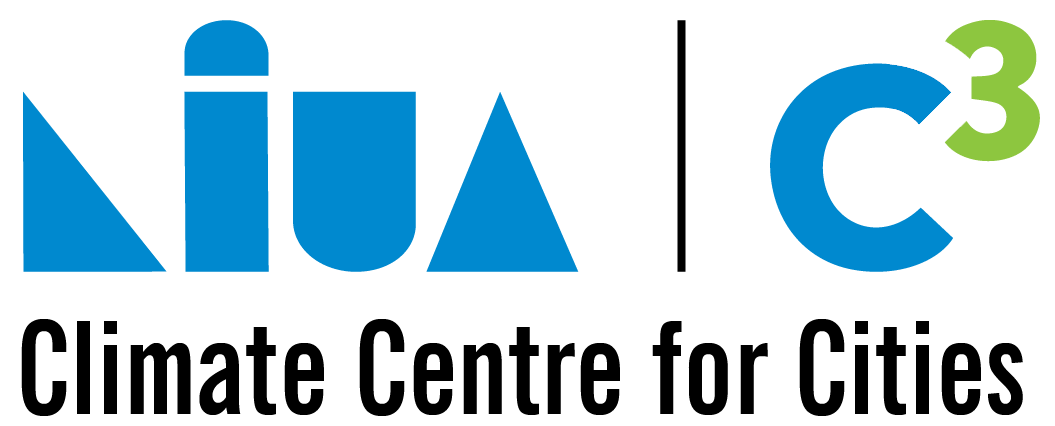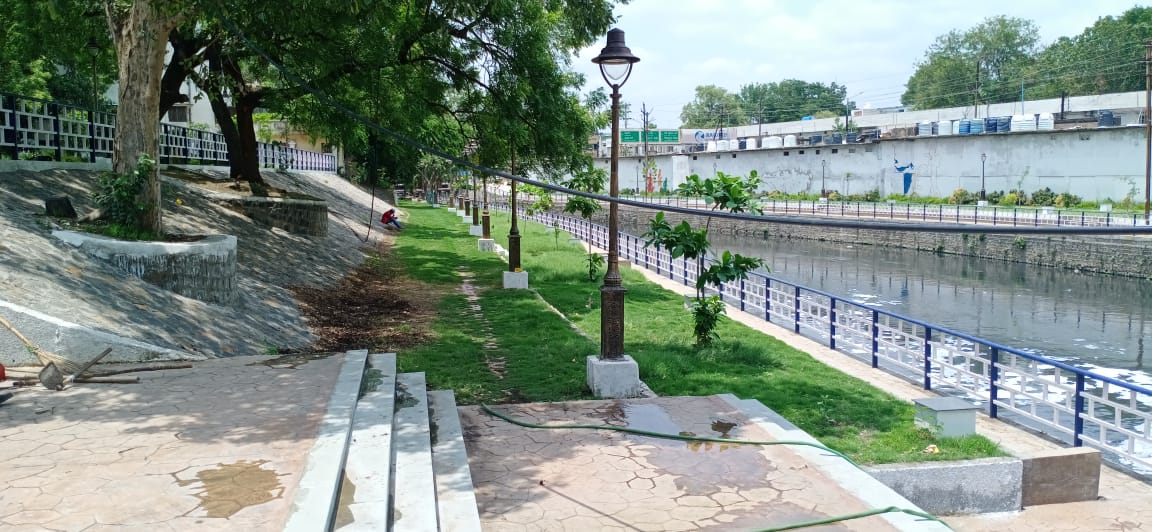Air quality management in Indian cities and challenges
Published On:
Wednesday, February 17, 2021
The air quality in most Indian cities is quite poor with a high concentration of PM 2.5. 21 of the most polluted top 30 global cities are in India. In recent decades, increasing urbanization, vehicle population growth, insufficient infrastructure to support municipal solid waste management, and biomass burning for cooking have aggravated the situation further in urban areas. Presently about 80% of the urban population is exposed to air quality that does not meet the Central Pollution Control Board ambient air quality standard for PM10 (60 μg/m3). In recent years, Indian states and central governments have taken several initiatives to reduce air pollution. They have touched upon different air quality management (AQM) components, such as establishing goals to reduce air pollution level, assessing air quality and source status, developing air quality control strategies, implementing policies on ground, and undertaking ongoing evaluation. Although India made progress for different AQM components but considering the country's current air quality status, population, and extent of geographic areas, it requires more serious attention.
The first objective of AQM is establishing goals to reduce the air pollution level, and National Clean Air Programme (NCAP) launched in January 2019, has set a goal of 20-30% reduction in PM concentration by 2024 for 122 non-attainment cities of India. However, to get efficient on ground outcomes of the NACP goal, there is a need to develop a city-scale goal for each air pollution source sector, which is currently missing from many of the urban areas. City-specific goals are essential if we want to see on ground impacts. Each region and city has different characteristics in terms of air pollution sources, local administrative, social, and political conditions. Therefore, we need to define each area's goal separately, considering the source profile and other local characteristics.
The second component of AQM is assessing the air quality and source status. This component includes different tools such as emissions inventories, air quality monitoring, air quality modelling, which allows air quality managers to determine emissions reduction targets to achieve the goal of AQM. Without understating the level of air quality, sources of air pollution, the contribution of different air pollution sources to regional and local atmosphere, and impacts on receptors, it is difficult to suggest any efficient mitigation solution. India has 793 operating stations in 344 cities/towns in 28 states and 7 Union Territories of the country under the National Air Monitoring Programme (NAMP). There are 261 continuous Ambient Air Quality Monitoring Stations in 134 Cities covering 23 States & Union Territories connected to the web-based system providing Real-Time Ambient Air Quality details. It is important to note that most of these monitoring stations are in urban areas, spatially in megacities like Delhi. Smaller cities only have 1-2 continuous monitoring stations and few manual air quality stations. There are no ambient air quality monitoring stations available in rural areas. Another essential tool is the emissions inventories requires for air quality modeling and understanding the air pollution sources. There is limited emissions inventory data available in India, and the existing emissions inventory data is not openly accessible. There is no high-resolution emissions inventories data available in the country to assess the source contribution at local scale.
The third component of AQM is developing control strategies. In this step, policymakers develop control strategies for each sector to mitigate air pollution emissions. For different air pollution sources, India has identified various air pollution control strategies. For example, providing LPG to solid fuel user households, increasing public transportation, improving MSW collection efficiency, and electrification of public and private transport, etc. However, most of these policies are based on the coarse analysis of overall air pollution sources in-country, considering other priorities. To efficiently manage the air quality, India needs to develop city and district level strategies with the proper understanding of local air pollution sources. It would allow policymakers to build air pollution mitigation measures for nationally unrecognized sectors that have high impacts on local and regional air quality.
India has come up with critical policies and we have started implementing them on ground to mitigate air pollution. These policies are showing significant impacts on reducing emissions from the associated air pollution source sector. For example, Prime Minister Ujjwala Yojna is an important policy that reducing outdoor and indoor air pollution and also providing other co-benefits to Indian households. The Indian government is working on transportation and municipal solid waste (MSW) management with different policies that directly impact air pollution emission reduction from the associated sectors. However, there is still a need to consider other sectors such as industries, road dust, and nationally unrecognized sources. Many of these existing measures focus on metro cities, ignoring smaller towns and rural areas. Some measures require fewer investments but have more air quality benefits. We need to also identify such measures. This only possible when we have local information with real ground truth.
The last component of AQM is to undertake ongoing evaluation to understand the air quality goal's progress. At present this is only evaluated by the ambient air quality status, which gives a false outcome since the air quality of any region depends on various parameters. Smaller changes in air quality status cannot be considered a tool to evaluate the progress of goals. The mechanism of air quality goal evaluation is currently missing in India to assess the progress in AQM.
The AQM cycle is a dynamic process, requires continuous evaluation of each of its steps. Every component of AQI needs the participation of scientists, city managers, policymakers, politicians, social scientists, as well as the community. Compared to the last decade, India has made progress in the AQM system, but the current system requires much more effort to change the ground.
Contact Us
1st and 2nd Floor, National Institute of Urban Affairs
India Habitat Centre Lodhi Road New Delhi-110003
Please Call Help Desk at 011-411-86699
Monday - Friday, 9:00 AM - 5:00 PM
Please write to us at c-cube@niua.org







Post a Comment